Note: I've been working the past two weeks on a house remodel, painting and plumbing, scraping wallpaper and scrubbing floors, so have not had time to write much. But, the wrap up of a tragic Everest season made me think back to my times on the mountain, and on this day - June 10 - I wanted to remember the first news of climbing tragedy on the mountain, transmitted 99 years ago today from high on the mountain. So, take a read of this issue of Real - Not AI.
Sitting still has never been a forte of mine. I like to move, to be active, both mentally and physically, and optimally doing both in tandem.

That proclivity can make expedition life a challenge for me at times. When we hear about an Everest expedition, we usually hear of the action, the steep climbs in fierce winds, the beautiful days and humbling defeats. Far less often, if at all, do we hear about the doldrums, the seemingly-endless days of doing almost nothing, sitting in tents, thumbs-a-twiddling, waiting for weather to improve or bodies to acclimate.
In 2019, we had a bunch of those days, as one always does on Everest. On April 28th, we had been at Advanced Basecamp (21,200 feet) for a couple days, and my feet were itching…itching to get up, to get moving, to go do something, find something, explore something, somewhere, somehow.
Over the years on the North Side of Everest, I’d explored quite a bit, scouring the moraines and the upper mountain in 1999, 2001, 2003, and 2004, finding bits and pieces of detritus, flotsam of a bygone era - from 77 year old socks and 68 year old crackers to an 86 year old letter and more - tossed out, left behind, and abandoned long ago.
With so many stones previously turned, where to go today? I knew of one, but the challenge was I didn’t really know where it was: John Noel’s Eagle’s Nest.
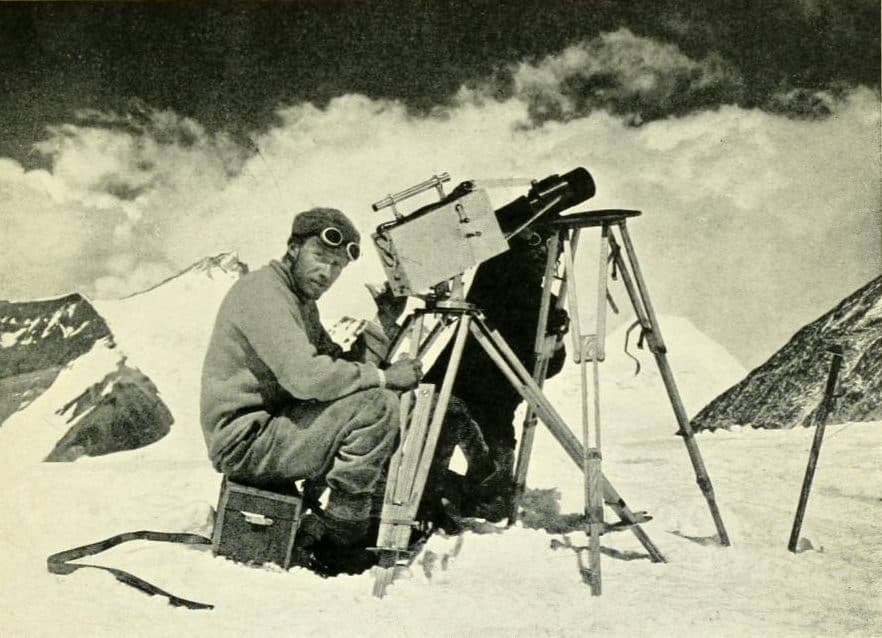
In 1924, on the third British Everest Expedition, John Baptist Lucius Noel was the chief photographer and cinematographer, not to mention primary expedition funder. (He was a remarkable man, a century ahead of his time, and worthy of a post of his own - more to come there.)
As the summit bids began, Noel knew he needed a good vantage point from which to capture the moments of triumph on his hand-cranked camera. After some searching, Noel found the perfect place: a relatively flat spot, about an hour’s hike above Camp III / Advanced Basecamp, which afforded a solid view of the upper Northeast Ridge and North Face. It would of course also provide a view of the distant figures of Teddy Norton and Howard Somervell, George Mallory and Andrew Irvine, as they made their summit attempts on June 4 and June 8, 1924, respectively. Noel dubbed it the Eagle’s Nest.
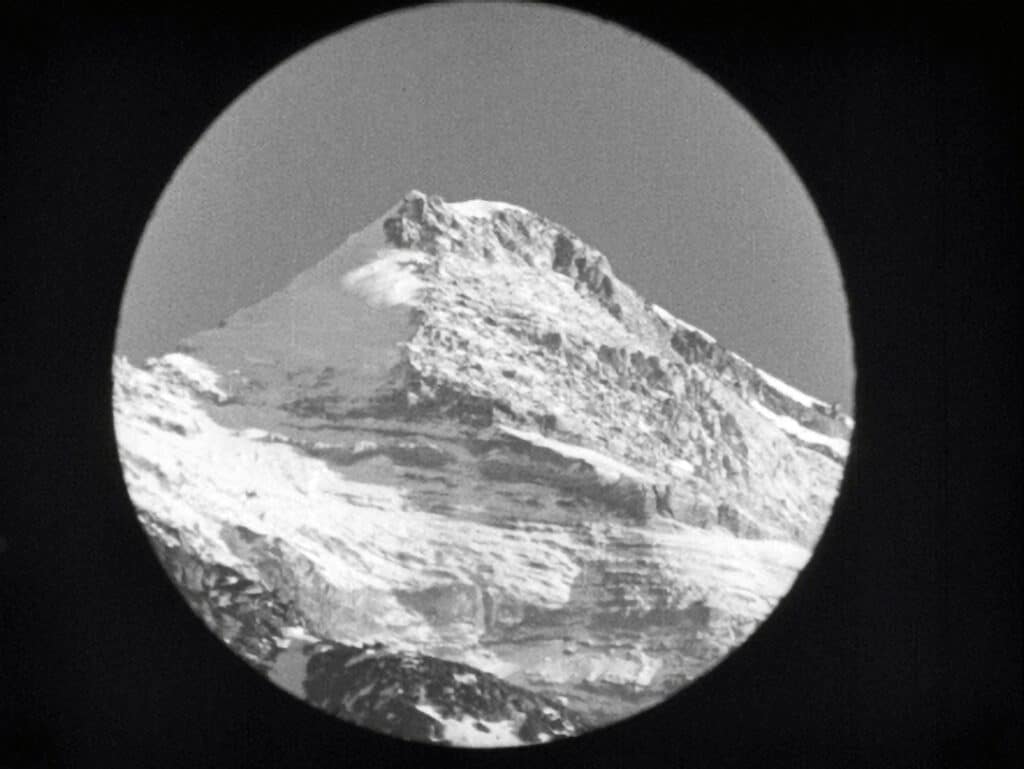
Norton and Somervell’s attempt on the 4th - climbing without bottled oxygen - was ultimately unsuccessful (assuming success is predicated on reaching the top, a big assumption). But, it did result in Norton reaching 28,126 feet in the Great (Norton) Couloir, an oxygenless altitude record that would stand for 54 years.
Four days later, John Noel sat at the Eagle’s Nest, peering through his telephoto lens, waiting to see figures on the summit pyramid. Mallory and Irvine were in the midst of their final, fateful summit assault, and hopes were high that they would pull off the impossible. But, alas, Noel never saw anything on the summit pyramid. Noel Odell did see something that day from 26,000 feet, but not where (John) Noel’s lens was aimed.
Tragically, Noel’s efforts were for naught: Mallory and Irvine, if they did reach the top, did so in cloud, out of view of Noel’s cinema camera.
Nonetheless, his perch at the Eagle’s Nest proved valuable from a communications standpoint. On June 9, 1924 - 99 years ago today - Odell made the arduous climb once more to Camp VI at 27,000 feet, a final effort to find his friends. His telephoto lens trained once more high on the mountain, Noel gazed hopefully upward for a positive sign. Odell and John de Vars Hazard had devised a rudimentary signal code using sleeping bags laid out in the snow to transmit information in this era before radios and cell phones. The hope was for a single line of bags - vertical or horizontal - saying that Mallory and Irvine were alive, maybe needing help, but alive.
Finally, in the afternoon, a sign appeared, barely visible miles away in the snows above Camp VI. A fatigued - but, as always, dedicated - Noel Odell arduously laid sleeping bags out in the snow. The shape slowly took form: A cross pattern.
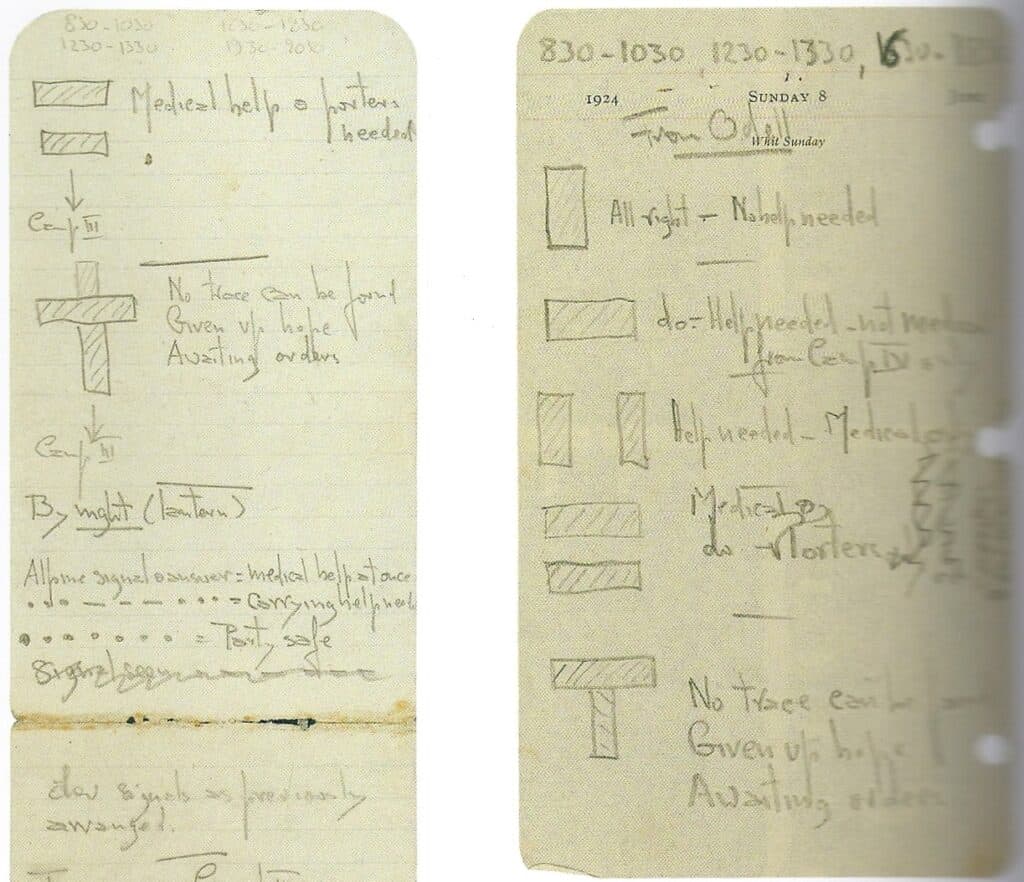
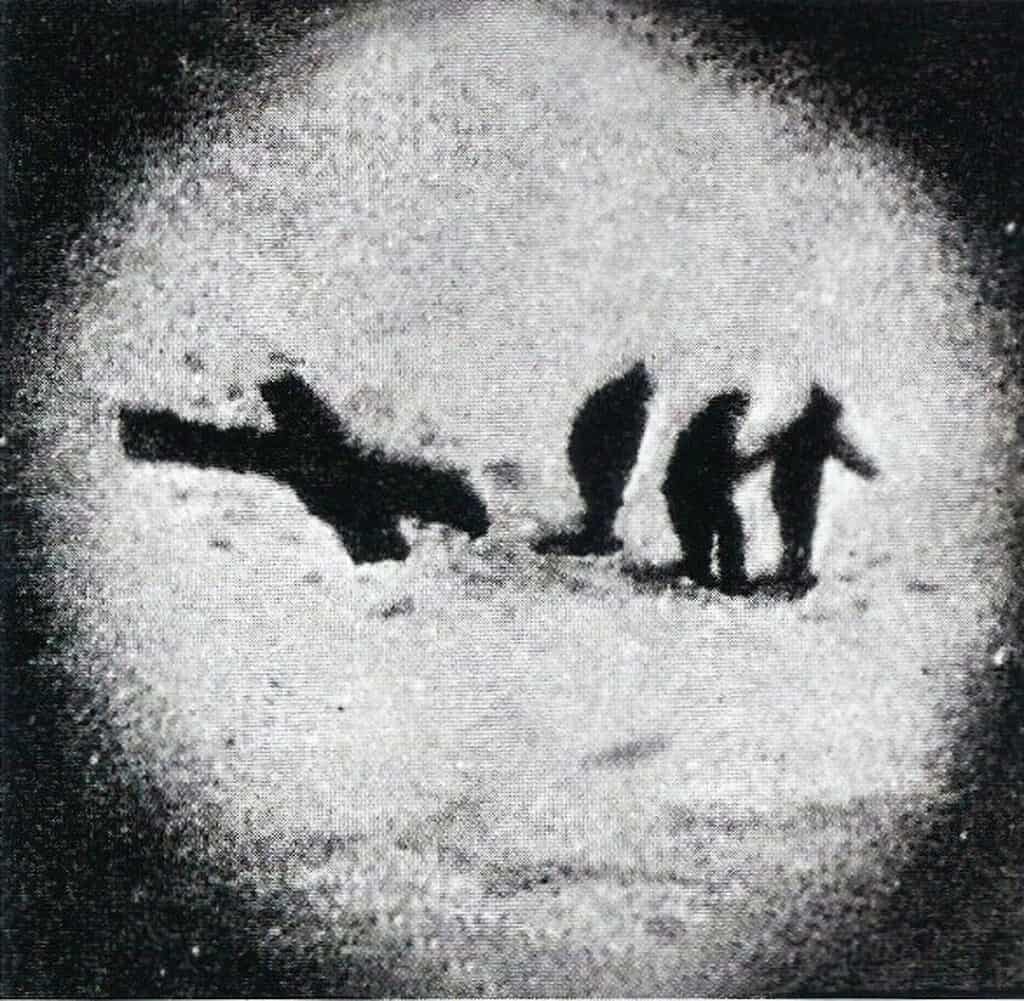
From the Eagle’s Nest and the North Col, the mood must have been sullen, sad beyond words. The cross pattern - visible from afar - signaled the worst: “No trace can be found. Given up hope. Awaiting orders.”
Ninety-nine years ago today that signal was received from both the Col and the Eagle’s Nest, announcing the tragic end to one of the greatest attempts on Mount Everest.

Back in 2019, on April 28, I wandered around, looking upward at the shoulder of Changtse rising above me to the west. He must have gone up that way, I thought to myself. Somewhere on the scrabbly, rotten hillside above there must be a perch. So, I headed up. Like so much on this side of the mountain, the rock was junk, like a pile of Chex laid out on a 30-degree slope, unconsolidated, sloughing downward in torrents with every step. After a while, maybe an hour of trudging, a spot appeared. It wasn't visible from below: the small, rocky outcrop and platform, the perfect perch for Noel and his camera, blended into the landscape.
I sat down in the Nest, winded, tired, but immensely content. It was a nice place, a protected perch, shielded from the winds and affording a stunning view all around. I could imagine Noel and his assistants here, nearly a century before, waiting on pins and needles, hoping for the best, dreading the worst. On that day, news of the first climbing deaths - the first climbing tragedy - on Mount Everest was transmitted to all below, a rudimentary harbinger of what would come again, and again, and again, ad nauseam.
Noel and his teammates could scarcely have known their tragedy, their heartbreak and angst and profound sorrow would be but the beginning of the story, not at all the end. In 2019, eleven people would follow in Mallory and Irvine's footsteps, losing their lives in pursuit of the summit. And of course this year - 2023 - stands to set a record with possibly seventeen climbers dying on the mountain. I couldn't help but wonder, as I sat gazing high above: For what? Because it's there? To struggle and to understand? Or just summit fever?
As the light began to fade, so too did my energy and warmth, so I begrudgingly left the Nest and headed back to camp, content with an additional small connection to 1924 and those who came before.

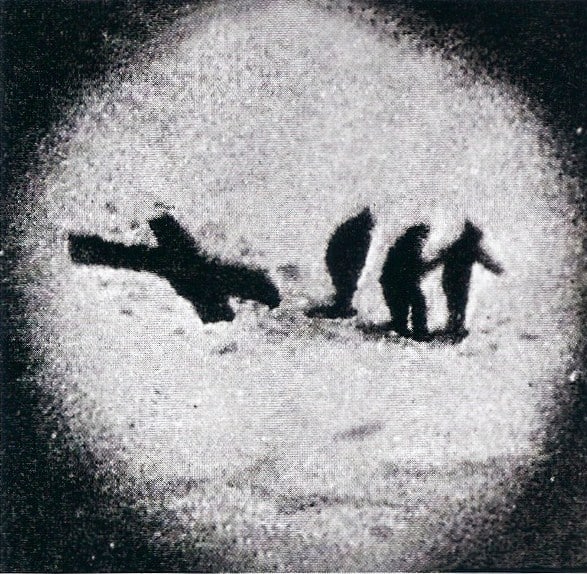


Jake, did you get a picture of the Eagle's Nest?
The Eagles Nest was at 22,000 feet, about 3 miles from the summit, about 20 degrees northwest of the summit. It was an hour's climb about 1,000 (or 700) feet above Snowfield Camp, also known as 1924 Camp III. Eagle's Nest is not on Everest. It is across the head of East Rongbuk Glacier near the top of the ridge going north west of Chang Se, as shown in your final picture.
Thanks, Gary. I didn't (stupidly) photograph the actual nest, but just took shots from the approximate location. It seemed by instinct to be where I would have gone in Noel's shoes, and given your great description in your comment, I think I must have been pretty close if not in the same place.